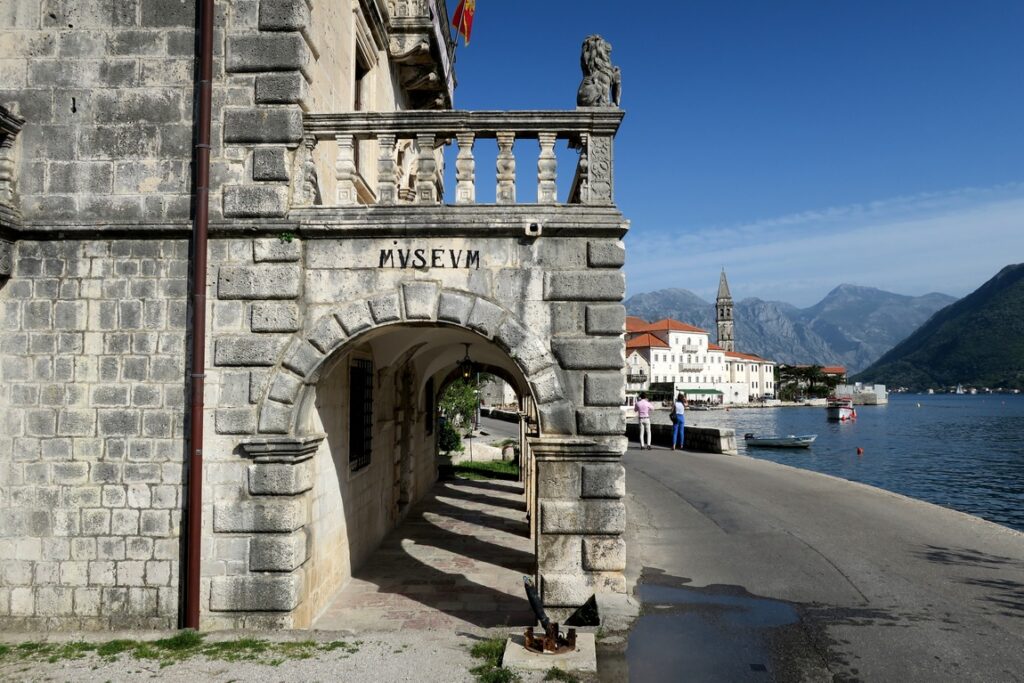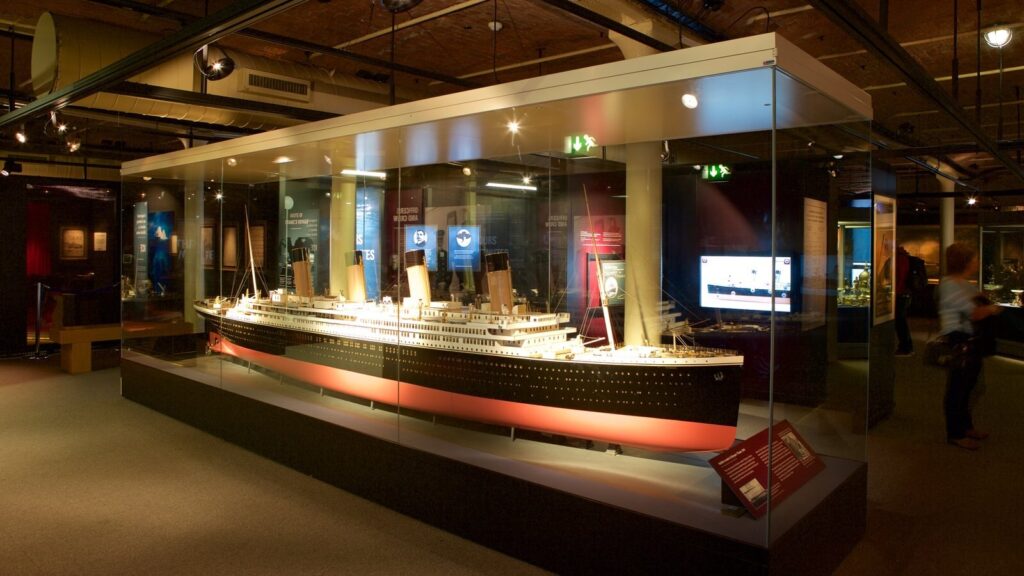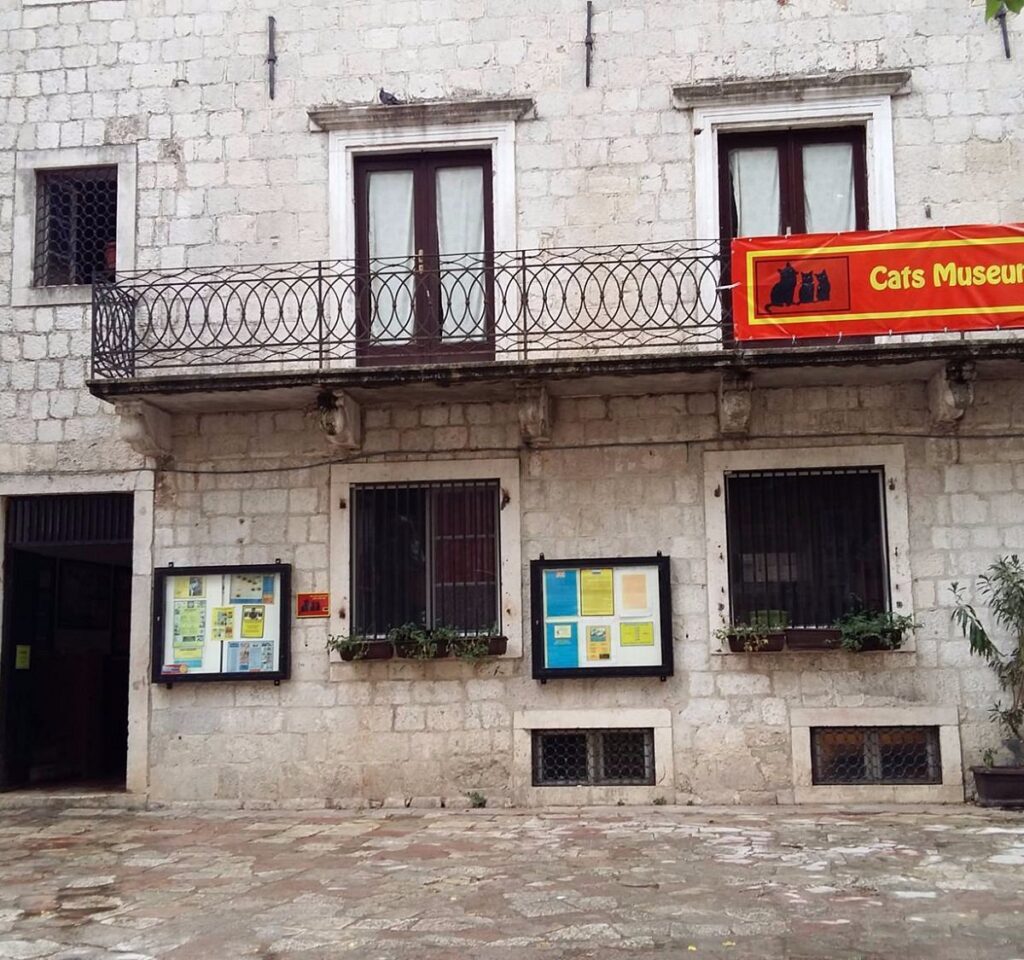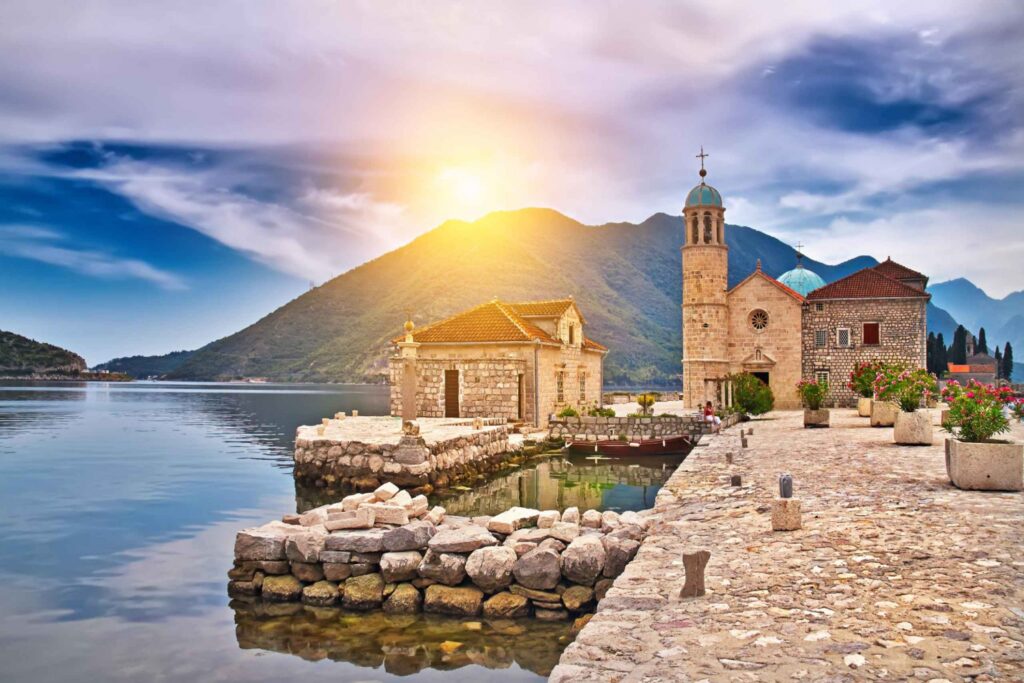cultural heritage of Kotor museums
Kotor, a gem nestled on the Montenegrin coast, is a repository of history and culture, with much of its rich tapestry displayed within its museums. As you walk through its ancient streets, the museums in Kotor stand as silent witnesses to epochs gone by, narrating tales of glorious pasts, maritime endeavors, and the evolution of local art and culture.
At the heart of cultural heritage of Kotor museums, a UNESCO World Heritage Site, you can immerse yourself in the town’s maritime past at the Maritime Museum. Founded in the 19th century, this museum chronicles Kotor’s seafaring history, showcasing ship models, nautical instruments, and uniforms, illuminating the city’s deep connection with the Adriatic Sea.
However, cultural heritage of Kotor museums story isn’t just about the sea. The Cats Museum, though quirky, symbolizes the town’s affection for these feline friends. Meanwhile, the Kotor Archaeological Museum offers insights into prehistoric periods, Roman dominions, and more recent chapters of Montenegrin history.
While the museums display collections of artifacts, they themselves are pieces of history. Many of these establishments are housed in centuries-old buildings, bearing Venetian and Roman architectural influences. The walls whisper tales of sieges, prosperity, and change, making the experience holistic.
In conclusion, the museums in Kotor are more than just venues displaying historical items; they are integral parts of the town’s cultural fabric. A visit allows one to delve deep into Kotor’s multifaceted history, ensuring an enriched understanding of this Montenegrin jewel.

Kotor museum buildings
Kotor museum buildings, with its labyrinthine streets and centuries-old edifices, is a veritable time capsule on the Adriatic coast. The historical buildings, some of which house the city’s museums, have played a significant role in shaping Kotor’s distinctive urban landscape. They not only serve as repositories of art and history but also as markers of the city’s architectural evolution.
Within the protective embrace of Kotor’s fortifications lies a myriad of structures, each echoing a different era’s architectural style and sensibilities. The museums in Kotor, many situated in these historic buildings, are emblematic of this rich architectural heritage. For instance, the Maritime Museum, one of Kotor’s prominent cultural landmarks, is set in a Baroque palace. Its façade and interiors are reflective of Venetian architectural influences, a testament to the Venetian rule in this region.
Another noteworthy facet is how these museum buildings integrate harmoniously with Kotor’s urban design. They are not isolated monuments but are intertwined with the city’s daily life. The squares around which these museums are located often bustle with activity, serving as communal spaces for both locals and tourists.
Moreover, the adaptive reuse of old palazzos and mansions as museums in Kotor exemplifies the city’s commitment to preserving its historical legacy while catering to contemporary needs. This blending of the old with the new gives Kotor its unique character, with the museums standing as beacons of its enduring cultural spirit.
In essence, the Kotor museum buildings are not just gateways to the past but integral components of the city’s present-day urban narrative. They highlight how history, art, and architecture seamlessly converge to shape Kotor’s distinctive identity.

most famous museums in Kotor
Nestled within the breathtaking landscape of Montenegro lies Kotor, a city with a rich tapestry of history and culture. An integral part of Kotor’s heritage is beautifully preserved and showcased in its museums. When one delves deep into the museums of Kotor, they are immediately transported to different eras and stories.
The Maritime Museum, housed in a Baroque palace, is one of most famous museums in Kotor, chronicles Kotor’s naval history. Here, the seafaring spirit of Kotor is encapsulated through artifacts, ship models, and navigational equipment. Notably, this museum serves as a testament to the importance of the Adriatic Sea in shaping the city’s fortunes.
Another must-visit is the Cat Museum. While it may sound unusual to some, this museum highlights the city’s fondness for felines, exhibiting a plethora of cat-themed postcards, art pieces, and memorabilia. It’s a quirkier side of Kotor’s culture but one that is deeply embedded in the heart of the city.
For art enthusiasts, the most famous museums in Kotor is a treasure trove. Housed in a historic building, it offers a journey through Kotor’s past with its vast collection of paintings, sculptures, and documents. Every item in this museum has a tale to tell, from the medieval period to the present day, reflecting the city’s resilience and evolution.
Lastly, it’s imperative to mention the more specialized museums in Kotor, such as the Museum of Sacred Art. With an exquisite collection of religious artifacts and icons, this museum offers insight into the spiritual underpinnings of Kotor’s history.
In conclusion, the museums in Kotor are not just buildings with artifacts; they are chronicles of the city’s soul and journey. From maritime history to the city’s unique love for cats, the range and depth of collections ensure every visitor finds something that resonates with them. To truly understand and appreciate the city, visiting the museums of Kotor is indispensable.

events in the museums of Kotor
Kotor, a jewel in the Adriatic, is not just known for its timeless architecture and picturesque views but also for its vibrant cultural scene. The museums in Kotor play a significant role in this, hosting a myriad of events and exhibitions throughout the year that cater to both locals and tourists alike.
Starting the year, one of most famous events in the museums of Kotor, January sees the Maritime Museum celebrating the city’s naval heritage with a special exhibition. Documenting the centuries-old relationship between Kotor and the sea, this month-long event showcases rare maritime artifacts and organizes interactive sessions, allowing visitors to delve deeper into seafaring tales.
As spring beckons, the City Museum of Kotor, in March, organizes a unique showcase of Kotor’s evolution as a city. From ancient maps to contemporary photographs, this exhibition traces the city’s transformation, juxtaposing the old with the new.
Summer, with its influx of tourists, sees the Cat Museum taking center stage. July features the “Feline Fiesta,” a delightful event celebrating Kotor’s favorite animal. Through art installations and workshops, the bond between the city and its feline inhabitants is beautifully illustrated.
Come autumn, the Museum of Sacred Art in October holds its annual “Spiritual Kotor” event. This is an exploration of the religious artifacts that have graced the city over centuries, accompanied by lectures and musical evenings that resonate with spiritual undertones.
Wrapping up the year, December in the museums of Kotor is dedicated to the city’s artisans. An exhibition, spread across various museums, highlights the craftsmanship, from intricate jewelry making to pottery, that has been passed down through generations.
In conclusion, the events in the museums of Kotor are not mere repositories of art and history. They are dynamic spaces that breathe life into the city’s heritage, ensuring that every month, there’s a reason for visitors to immerse themselves in Kotor’s rich tapestry of culture. Whether you’re an art aficionado, history enthusiast, or just a curious traveler, the museums of Kotor promise a journey of discovery throughout the year.

cultural tourism in museum of Kotor
Kotor, perched by the Adriatic’s shimmering waters, has long been a beacon for travelers in search of history, culture, and breathtaking landscapes. Amidst its labyrinthine streets and medieval architecture, the museums in Kotor stand as testimony to the city’s illustrious past and vibrant present. Their significance, however, transcends beyond mere historical documentation; they play a pivotal role in shaping Montenegro’s cultural tourism landscape.
Cultural tourism in museum of Kotor, which emphasizes the exploration of places of historical and cultural significance, has witnessed a surge globally. Montenegro, with its rich tapestry of history, has been at the forefront of this trend in the Balkans. The museums in Kotor are instrumental in this. They offer a deep dive into various facets of Montenegrin life – from maritime traditions to religious artistry, from ancient city histories to modern-day festivities. Each museum narrates a tale, capturing the essence of times gone by while weaving it seamlessly into the present narrative.
Moreover, these museums are not just static structures housing artifacts. They have evolved into dynamic spaces, hosting exhibitions, workshops, and events, drawing tourists and enthusiasts year-round. By offering interactive experiences and insights into Kotor’s soul, they make history tangible, stories palpable, and the cultural fabric richer.
The role of the museums of Kotor in Montenegro’s cultural tourism is twofold. First, they act as custodians of the nation’s heritage, ensuring that the tales of yesteryears are not lost in the annals of time. Secondly, they serve as bridges, connecting tourists to the local ethos, ensuring a deeper, more enriched travel experience.
In conclusion, as cultural tourism in museum of Kotor carves its niche on the global tourism map, the museums of Kotor will undoubtedly remain its cultural flagbearers. They embody the spirit of Kotor, ensuring that every visitor leaves with a piece of the city’s soul, further enhancing Montenegro’s position as a haven for cultural connoisseurs.

